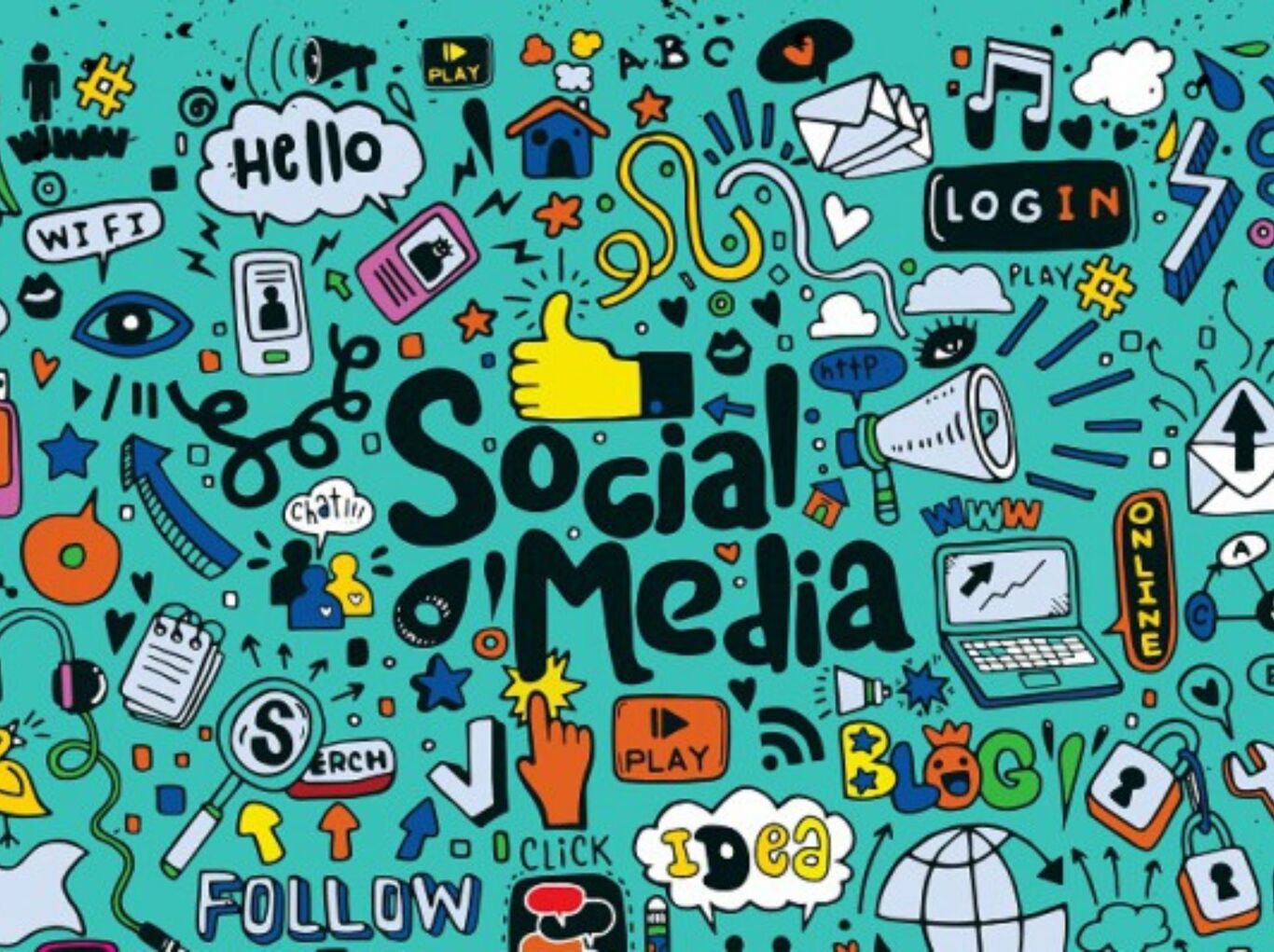The Future of Marketing Decisions: Why Prescriptive AI Is Inevitable

The last decade promised marketers “data-driven decisions.” Instead, it delivered data overload.
Today, marketing teams operate in an environment where data volume has grown 43x since 2015 (IDC), yet decision time has barely improved. Every marketer now lives in what McKinsey calls the “Decision Gap” the space between knowing what’s happening and acting before it matters.
-
65% of marketing leaders say they can’t convert analytics into action fast enough.
-
72% of teams admit performance decisions are delayed by internal dependencies dashboards, approvals, or lack of clarity.
-
Each 24-hour delay in optimization can cost up to 9–12% of weekly ROAS (GrowthJockey Intelligence Dataset, 2024).
That lag is invisible on reports but devastating in outcomes. Budgets bleed quietly while competitors act reflexively. The industry doesn’t face a data problem anymore; it faces a decision velocity problem. And this velocity crisis is what makes Prescriptive AI not futuristic but inevitable.
The Decision Bottleneck: The Hidden Tax on Performance
Every marketing org today has three invisible bottlenecks:
| Bottleneck | Description | Real-World Effect |
|---|---|---|
| Cognitive Bandwidth | Humans can interpret only ~7 metrics at once (Miller’s Law). Campaigns produce hundreds daily. | Teams miss causality signals like cross-channel overlap or time decay. |
| Organizational Lag | Between detection and action, data travels through analysts → managers → approvers. | Median reaction time: 72 hours for paid media optimization (Deloitte CMO Survey). |
| Tool Fragmentation | Average enterprise marketing stack = 27 tools with no unified context. | Attribution and prioritization loops break, creating reactive decisions. |
Prescriptive systems eliminate these bottlenecks by compressing the decision loop:
Detect → Diagnose → Decide → Do — all within a single AI reasoning cycle.
Why Prediction Isn’t Enough Anymore
Predictive analytics helped marketers forecast what might happen; but prediction alone doesn’t alter outcomes.
| Capability | What It Does | Limitation |
|---|---|---|
| Predictive Analytics | Anticipates trend shifts and performance drops. | Descriptive, not directive it can’t prescribe next actions. |
| Prescriptive Intelligence | Converts forecasts into recommended moves with impact estimates. | Adds strategic reasoning and adaptive action. |
A model might warn that CTR will fall by 18% next week.
But Prescriptive AI tells you which creative to pause today to prevent it and forecasts the recovery curve.That’s the difference between prediction and performance direction.
The Evolution of Intelligence: From Visibility to Velocity
Marketing intelligence has evolved through four clear phases:
| Stage | Core Function | Tools Era | Key Limitation | Modern Expectation |
|---|---|---|---|---|
| Descriptive | Measure | Dashboards (Google Analytics, Data Studio) | Reactive; hindsight only | Visibility |
| Diagnostic | Explain | BI Tools (Tableau, Looker) | Requires human interpretation | Understanding |
| Predictive | Anticipate | ML Forecasting | Forecasts without action | Foresight |
| Prescriptive | Direct | AdGPT, Einstein GPT, Jasper Logic | Active guidance; closes loop | Velocity |
Prescriptive systems redefine the purpose of intelligence not to describe performance but to accelerate outcomes.
Visibility alone no longer wins; velocity does.
The End of Gut-Driven Marketing
For all its analytics, marketing still runs on instinct: creative hunches, timing “gut feels,” or playbooks from a past campaign.
Intuition is valuable but inconsistent. And in a hyper-dynamic environment where bid prices update every 90 seconds and consumer behavior shifts hourly, inconsistency is a competitive liability.
Prescriptive AI doesn’t replace instinct it systematizes it.
-
It validates intuition with data-backed reasoning.
-
It quantifies creative bias with statistical certainty.
-
It blends emotion with empirical precision.
This turns the marketer’s “feel” into a repeatable intelligence loop instinct, verified.
Why Prescriptive AI Is Inevitable
This shift isn’t driven by hype it’s driven by necessity.
1. Marketing Complexity Has Exceeded Human Capacity.
With 250+ audience segments, cross-device attribution, and automated bidding ecosystems, even senior strategists can’t manually evaluate all causal patterns.
2. Data Velocity Outpaces Decision Velocity.
Platforms like Meta and Google Ads update performance signals every 15 minutes. Most human-driven teams act every 72–96 hours.
3. The Cost of Slowness is Quantifiable.
A Harvard Business Review study found that companies with faster decision-making outperformed peers by 22% in profitability and 19% in revenue growth.
Prescriptive AI fills that void by operating as a permanent reasoning layer continuously interpreting data and prescribing optimal actions, 24/7.
From Reports to Recommendations
In a prescriptive environment, marketers don’t analyze they ask.
“Where are we losing efficiency this week?”
Instead of a 10-slide report, they get a strategic prescription:
“Creative fatigue detected in Meta Tier-1 retargeting. Shift ₹40,000 to Lookalike 3% audience; projected ROAS recovery: +14.7% within 72 hours.”
This isn’t automation it’s applied cognition. Where data analytics ends, reasoning begins.
The Economics of Decision Speed
Decision speed is emerging as the new performance multiplier. Every delay compounds inefficiency.
| Decision Lag | ROAS Loss | Budget Waste | Opportunity Cost |
|---|---|---|---|
| 24 hours | 9–12% | ₹40K–₹80K per ₹10L spend | 1–2 missed micro-optimizations |
| 72 hours | 18–25% | ₹1.2L+ waste | 3–5 missed pivots |
| 1 week | 30–35% | ₹2L+ | Competitor advantage gained |
When intelligence becomes prescriptive, decisions no longer depend on human availability or hierarchical approval. They happen when data demands them.
That’s how AdGPT transforms reaction time into revenue time.
AdGPT: The Prototype of Prescriptive Marketing
Intellsys AdGPT represents this evolution made real.
It doesn’t just read metrics: it reasons.
It doesn’t just automate tasks: it architects outcomes.
Key Differentiators
-
Continuous Causal Reasoning: Reads cross-platform data (Meta, Google, Amazon, CRM) for anomaly chains.
-
Adaptive Prescription: Recommends next actions with probability-weighted impact forecasts.
-
Conversational Interface: Translates complex reasoning into human dialogue “ask once, decide now.”
-
Decision Traceability: Every recommendation is explainable, auditable, and linked to measurable change.
It doesn’t replace dashboards, it renders them optional. It doesn’t predict for prediction’s sake it prescribes with purpose.
From Reactive to Reflexive Marketing
The next generation of organizations won’t just react they’ll self-correct. Reflexive marketing systems adapt instantly to data fluctuations. They remove latency between detection and decision.
| Intelligence Type | Reaction Time | Decision Model | Value Outcome |
|---|---|---|---|
| Reactive | 2–5 days | Manual | Lagging performance recovery |
| Proactive | 1–2 days | Semi-automated | Partial improvement |
| Reflexive (Prescriptive AI) | Real-time | Continuous reasoning | Compounding performance growth |
Prescriptive AI converts your marketing ecosystem from managed to self-optimizing.
The Human Element: Reclaimed, Not Replaced
Despite the rise of AI, marketing remains profoundly human. Prescriptive AI doesn’t diminish that - it enhances it.
It removes the noise so creativity, empathy, and brand narrative can take center stage. Instead of manually validating every fluctuation, marketers operate with clarity, context, and confidence.
When machines manage complexity, humans regain strategic bandwidth - the freedom to think bigger.
Why the Shift Has Already Begun
The transition to prescriptive systems is not speculative; it's underway.
-
60% of CMOs plan to integrate AI-driven decisioning layers by 2026 (Gartner).
-
38% of top-performing D2C brands already deploy prescriptive analytics for spend allocation (Forrester, 2025).
-
Companies adopting prescriptive intelligence report a 1.8x improvement in ROAS and 2.3x faster time-to-correction compared to analytics-led teams (GrowthJockey Benchmark Study, 2024).
Every delay in adoption widens the competitive moat. In this new era, decisions are the differentiator not dashboards.
Decisions Are the New Differentiator
The next marketing advantage won’t come from creative virality or media budgets, it will come from Decision Intelligence.
Teams that act reflexively will outpace those that analyze endlessly. Organizations that connect data → logic → action will compound outcomes faster than those that don’t.
Prescriptive AI isn’t an emerging trend. It’s the structural evolution of intelligence from informational to directional, from analysis to action. That’s the future AdGPT was built for:
Turning marketing from a process of observation to a practice of precision.








